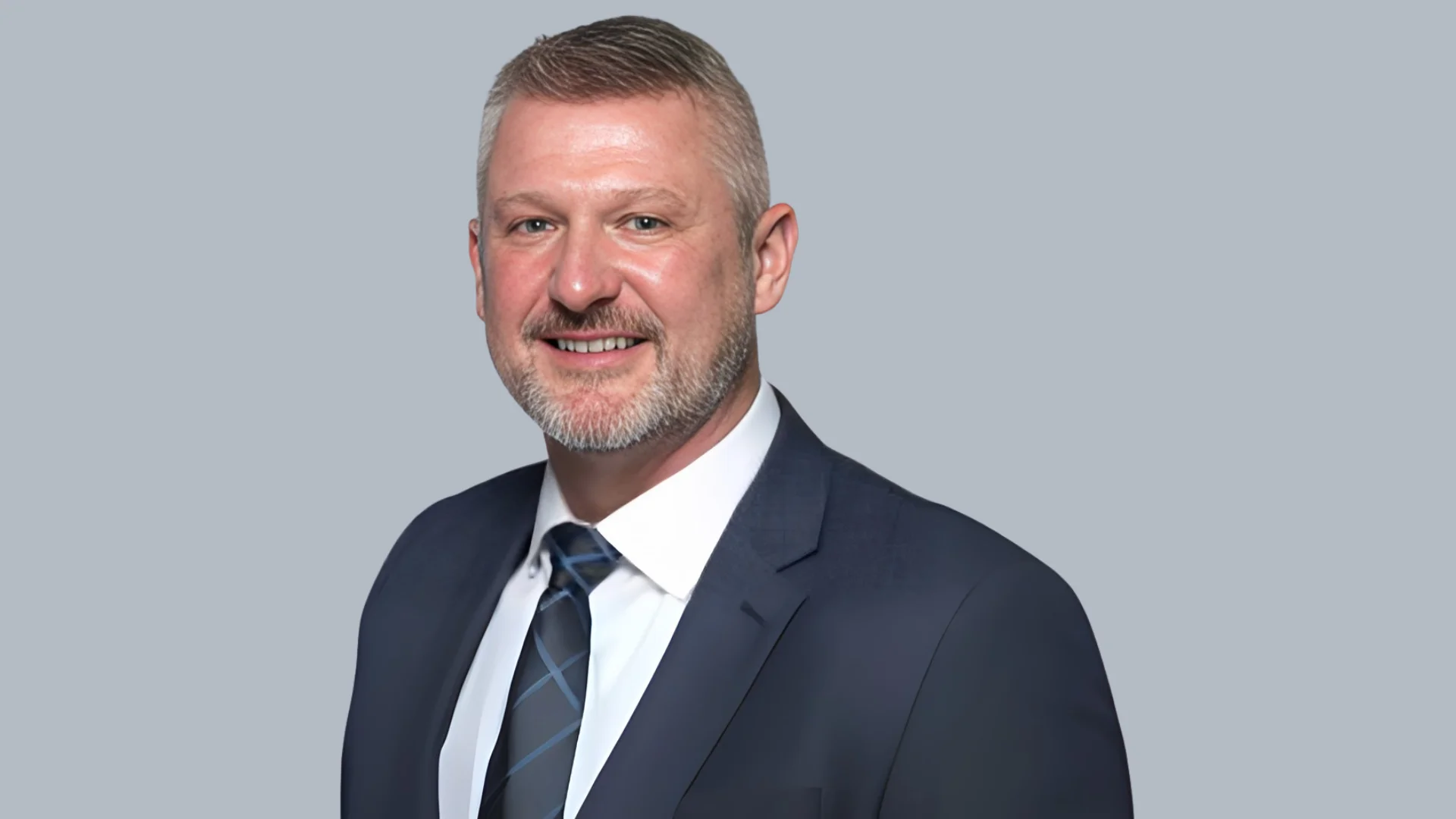Brandon Ragle Secretary of Illinois Department of Innovation and Technology | LinkedIn
Brandon Ragle Secretary of Illinois Department of Innovation and Technology | LinkedIn
The Illinois Department of Innovation & Technology (DoIT) will highlight innovation and STEAM education at the 2025 Illinois State Fair in Springfield from August 7-17. The department is organizing a series of activities centered on science, technology, engineering, arts, mathematics (STEAM), and quantum computing to engage students and families as they begin the new school year.
The fair’s theme, “Connecting Innovation: STEAM, Quantum and Empowering the Future,” aims to inspire visitors with hands-on experiments and interactive exhibits. Activities include demonstrations in robotics, coding, quantum mechanics, and other areas intended to foster curiosity among participants.
A variety of partners are contributing to the program. From August 7-9, DoIT and the Learning Technology Center will present live 3D printing demonstrations featuring the creation of a mini butter cow—a blend of tradition and technology. On August 10, DoIT will host an activity focused on cybersecurity awareness through interactive challenges.
On August 11, attendees can participate in making friendship bracelets while learning about quantum mechanics principles. The Illinois Assistive Technology Program will join on August 12 to display inclusive technologies that support accessibility.
Google Cloud is partnering for an event on August 13 that will showcase artificial intelligence applications and discuss how quantum computing may advance machine learning. The DoIT Illinois Century Network team will present a Laser Maze activity demonstrating quantum physics concepts on August 14-15; during these days, the Illinois Quantum Information Science and Technology Center will also offer hands-on experiences.
Other highlights include robotics demonstrations by the Techno Tigers FIRST Robotics Team on August 16 and additional activities with the Illinois Quantum Information Science and Technology Center on August 17.
Educational resources are available for various grade levels:
- Grades K–4: Projects such as repurposing materials.
- Grades 5–8: Building circuits for plant watering.
- Grades 9–12: Constructing voice-controlled lamps.
Recent developments in STEAM fields were noted by local institutions. Researchers at University of Illinois Urbana-Champaign have developed MRI-based technology for mapping brain metabolism to study disease signatures (https://news.illinois.edu/view/6367/1582302741). Meanwhile, Argonne National Laboratory and University of Chicago researchers have created a membrane technology designed to extract lithium from water efficiently (https://pme.uchicago.edu/news/argonne-and-uchicago-researchers-develop-new-membrane-technology-extract-lithium-water). Northern Illinois University students used remote-controlled devices to uncover new bird defense behaviors in Montana prairies (https://www.niu.edu/newsroom/releases/2024/june/badger-inator.shtml).
Upcoming events related to STEAM education include workshops on using AI tools for teaching (https://www.ltcillinois.org/event/using-canva-magic-studio/) as well as programs introducing computer science concepts with micro:bit devices (https://www.ltcillinois.org/event/rpf-code-clubs-intro-to-microbit/). The annual Ignite Peoria festival returns this year with interactive art activities (https://artspartners.net/programs/ignite-peoria/) alongside other educational conferences scheduled throughout fall.
DoIT also highlighted several online resources supporting educators in delivering STEAM content across different learning environments.
“A new technology that uses clinical MRI machines to image metabolic activity in the brain could give researchers and clinicians unique insight into brain function and disease, researchers at the University of Illinois Urbana-Champaign report.”
“Lithium, the lightest metal on the periodic table, plays a pivotal role in modern life. Its low weight and high energy density make it ideal for electric vehicles, cellphones, laptops and military technologies where every ounce counts."
"In the wide-open prairies of Montana, a remote-controlled badger on wheels helped uncover a new layer of communication in nature — one that could have a significant impact on bird conservation efforts."
“The Customized Arts Learning (CAL) toolkit supports personalized learning in arts education and promotes strength-based instructional practice. The CAL toolkit is intended to provide educators with resources to support the needs of various students, thus addressing gaps that impair learning.”
“At Common Threads, we are a dynamic team of passionate problem-solvers and lifelong learners, united by a shared commitment to building healthy, self-sustaining communities. Our approach is bold and innovative—intentionally thoughtful yet entrepreneurial in spirit.”
“Our mission is to help students, schools, and communities reach their full potential through the power of making music. For over 27 years we have been delivering equitable access to music education for millions of students nationwide.”
In addition to STEM topics, this series emphasizes how art contributes significantly within technical fields by highlighting programs such as Creative Forces: NEA Military Healing Arts Network at Joint Base Elmendorf-Richardson Hospital:
"In this video from the Creative Forces: NEA Military Healing Arts Network, we travel to Joint Base Elmendorf-Richardson in Anchorage, Alaska,to learn how art therapy and music therapy are transforming the lives of service members at JBER’s Traumatic Brain Injury Clinic."
"The program has extended clinical treatment into the community by partnering with Anchorage Concert Association,giving service membersand veterans additional toolsfor lasting recovery."
The department invites suggestions or questions regarding its STEAM initiatives via its contact form.




 Alerts Sign-up
Alerts Sign-up